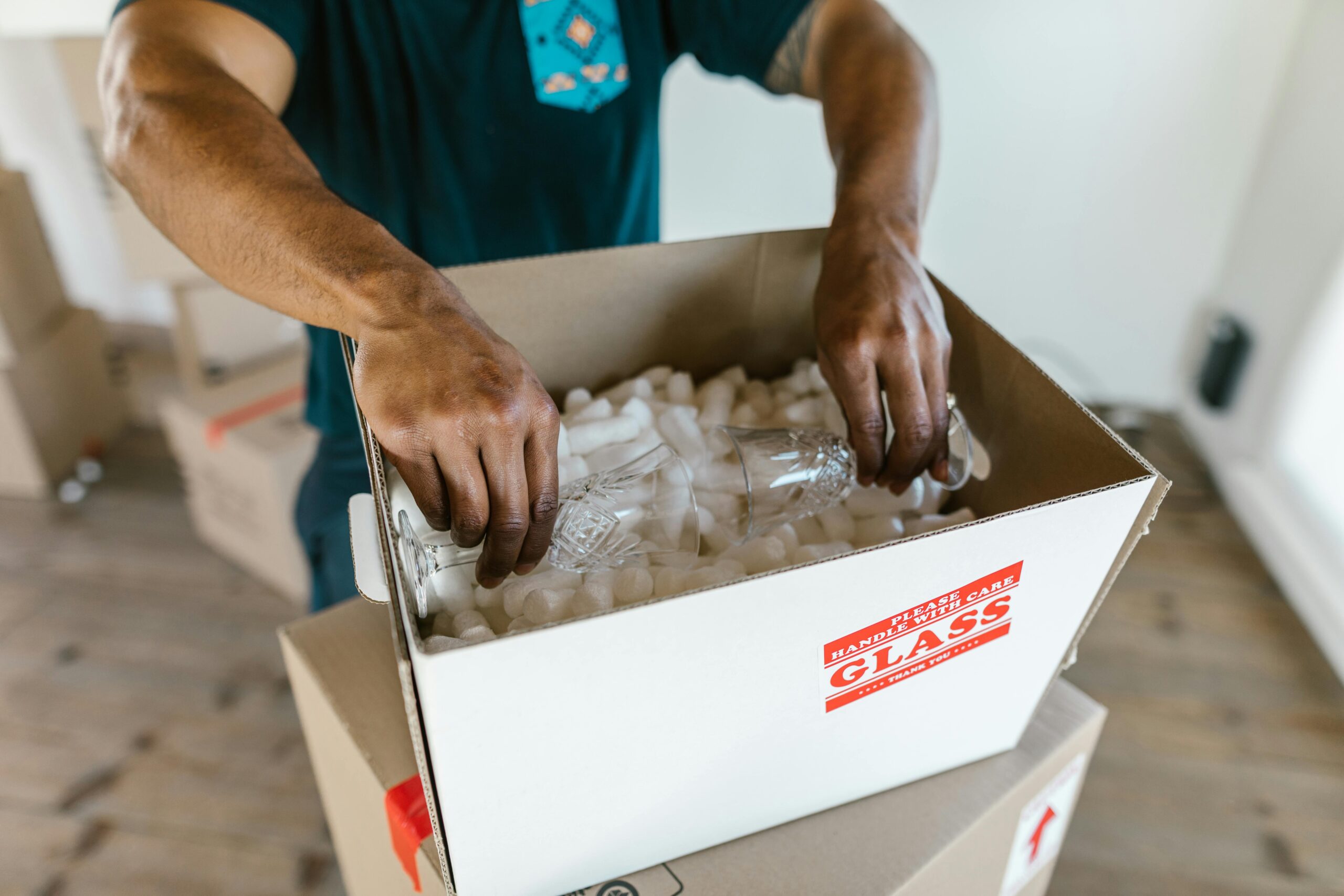Hamster Transport Tips
Transporting your hamster can be a daunting task, whether it’s a trip to the vet or a move to a new home. With the right preparation and knowledge, you can ensure your pet travels safely and comfortably. In this article, we will explore essential tips for hamster transport, including recommended carriers, safety measures, and how to minimize stress during travel.
Choosing the Right Carrier for Your Hamster
When planning to transport your hamster, one of the most critical aspects is selecting an appropriate carrier. A well-ventilated, secure carrier will help ensure your hamster’s safety and comfort during the journey. Look for carriers specifically designed for small animals, as they usually have proper ventilation holes and secure latches. Avoid using open containers, as they can lead to escape or injury.

Features to Look For in a Carrier
The ideal carrier should have several key features: it should be adequately sized for your hamster, allowing enough room for movement while still being cozy. It is beneficial to choose a carrier that includes a soft bedding material, as this can help absorb odors and provide your hamster with a sense of security. Additionally, consider carriers with both top and front access for easy loading and unloading.
Preparing the Carrier for Travel
Before placing your hamster inside the carrier, make sure it is clean and free of any remnants from previous trips. Place a layer of bedding at the bottom to create a comfortable surface for your pet. Adding a small familiar item from their cage, like a favorite toy or a piece of your hamster’s bedding, can also help reduce anxiety during transport.
Ensuring Your Hamster’s Safety During Transport
Safety is paramount when it comes to transporting your hamster. Always ensure the carrier is secure and that the door is properly latched. You should hold the carrier securely while traveling; placing it on the floor of a vehicle is usually the safest way to prevent it from moving around during transit. Furthermore, make sure to keep the carrier out of direct sunlight, as overheating can be a serious risk for hamsters.
Traveling by Car
If you’re traveling by car, keep in mind that sudden stops or sharp turns can be stressful for your pet. To minimize motion sickness, drive smoothly and avoid unnecessary stops and turns. It’s also advisable to keep the temperature inside the car stable—ideally between 65°F to 75°F. If traveling for an extended period, consider taking breaks where you can check on your hamster and provide a little water.
Traveling by Public Transport
For those using public transportation, ensure that your carrier adheres to the transport regulations for pets. Many public transport systems allow small animals, but they must usually be kept in carriers. It’s wise to familiarize yourself with the rules beforehand to avoid any surprises. During the ride, keep the carrier close to you while holding it securely to avoid any bumps or spills that could upset your hamster.
Minimizing Stress for Your Hamster
Travel can be stressful for your furry friend, but there are numerous ways to alleviate their anxiety. Before the journey, spend a few days familiarizing your hamster with the carrier, allowing them to explore it without the pressure of travel. When it’s time to go, be as calm as possible; animals can pick up on their owner’s stress. Furthermore, maintain a gentle, soothing voice when talking to your hamster during the trip.
Identifying Signs of Stress in Hamsters
Understanding your hamster’s behavior can help you identify any signs of stress. Some stress indicators include excessive digging, hiding, or vocalizing. If your hamster displays signs of stress, try talking to them calmly or offering a little treat. Keeping the environment quiet during travel can also aid in reducing anxiety.
Post-Travel Care for Your Hamster
Once you reach your destination, give your hamster time to acclimate. Set up their new environment with familiar items to ease the transition. Ensure they have access to water and food immediately upon arrival, and allow them to explore at their own pace. Monitor their behavior for signs of distress and provide them with a quiet space to recuperate after the journey.
Key Takeaways
- Choose a secure, well-ventilated carrier specifically designed for small animals.
- Prepare the carrier with bedding and familiar items to help reduce anxiety.
- Keep the carrier secure and free from direct sunlight during travel.
- Minimize stress through calm behavior and familiarity.
- Provide post-travel care to help your hamster adjust to their new environment.
FAQ
1. How long can I safely transport my hamster?
The duration of a hamster’s transport largely depends on the individual pet, but generally, hamsters can handle a few hours of travel comfortably, as long as their needs for hydration and ventilation are met. Always plan for breaks and ensure you monitor their behavior during longer trips.
2. Can I use my hamster’s cage for transport?
While it’s possible to use your hamster’s cage for transport, it’s often better to use a designated carrier that is easier to handle and secure for travel. An appropriate carrier will ensure your hamster’s safety and contain potential messes during the trip.
3. What should I do if my hamster escapes during travel?
If your hamster manages to escape, remain calm and try to contain the situation. Carefully search the immediate area where you are, as hamsters tend to hide in small, secure spaces. Consider always bringing a backup cage or carrier when traveling in case of an emergency.
4. Are there any health concerns to be aware of during transport?
Yes, be aware of signs of stress or health issues such as rapid breathing, lethargy, or unusual behavior. These could indicate that your hamster is unwell or overly stressed. If you notice any concerning symptoms, it’s best to consult with a veterinarian promptly.
5. How should I prepare my hamster for a long move?
For a long move, acclimate your hamster to their transport carrier before the day of departure. Make sure they have enough food, water, and bedding for the journey. It’s also helpful to keep their environment as stable as possible by minimizing noise and sudden movements during travel.
6. Can I travel with my hamster by airplane?
Traveling with hamsters by airplane is possible but requires careful planning. Check with the airline regarding pet travel policies. Ensure your hamster is comfortable in a small carrier approved for air travel and follow all necessary regulations for transportation.
7. Should I feed my hamster before transport?
It’s usually advisable to feed your hamster a small meal a few hours before transport. Avoid feeding them right before the journey to minimize mess and stress, but ensure they have access to water at all times during travel.
